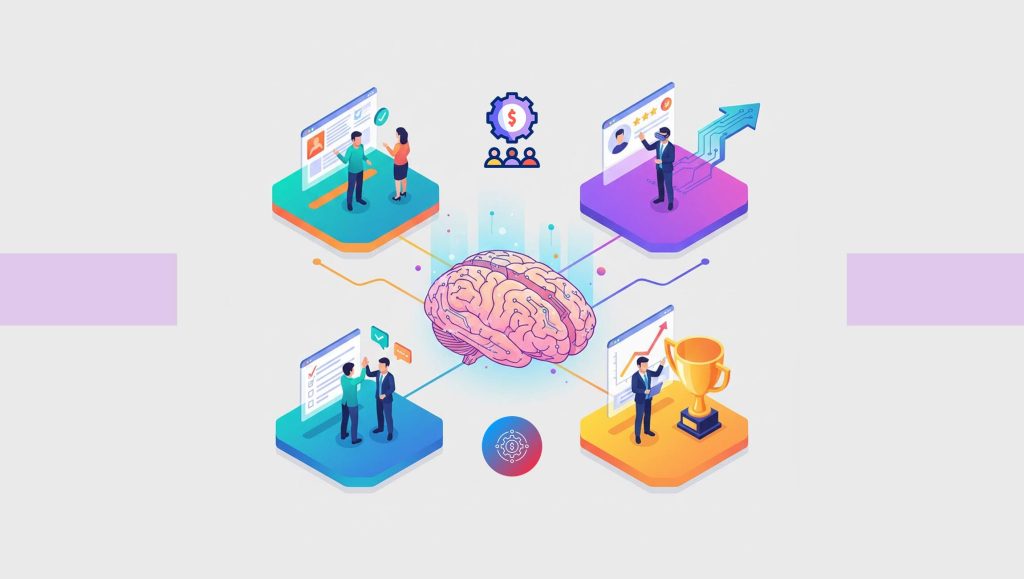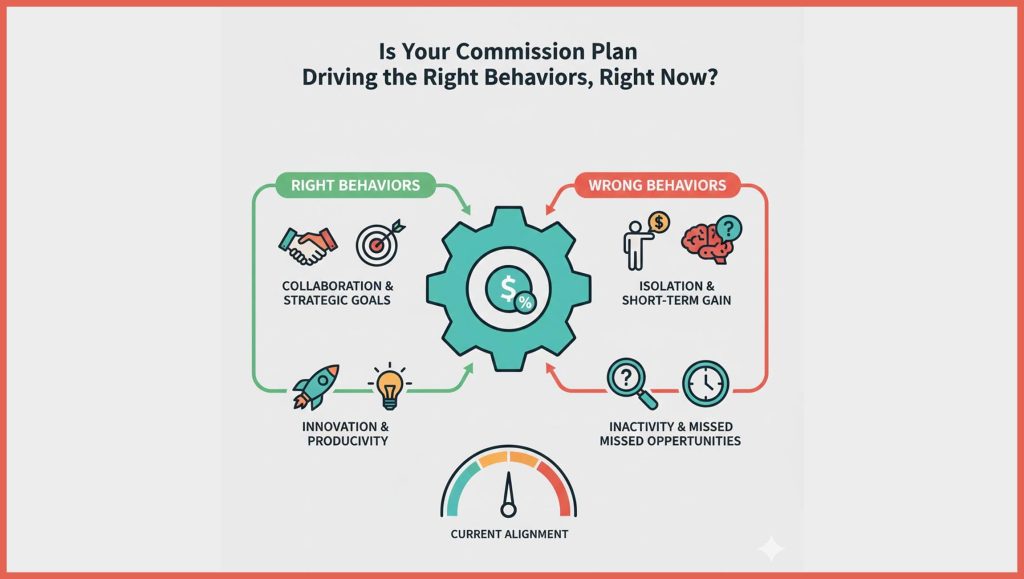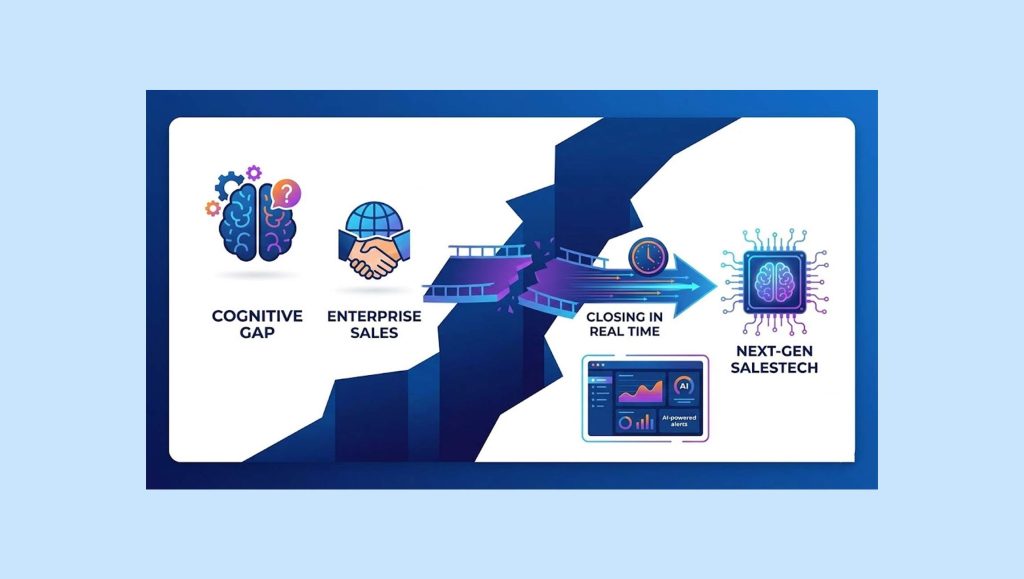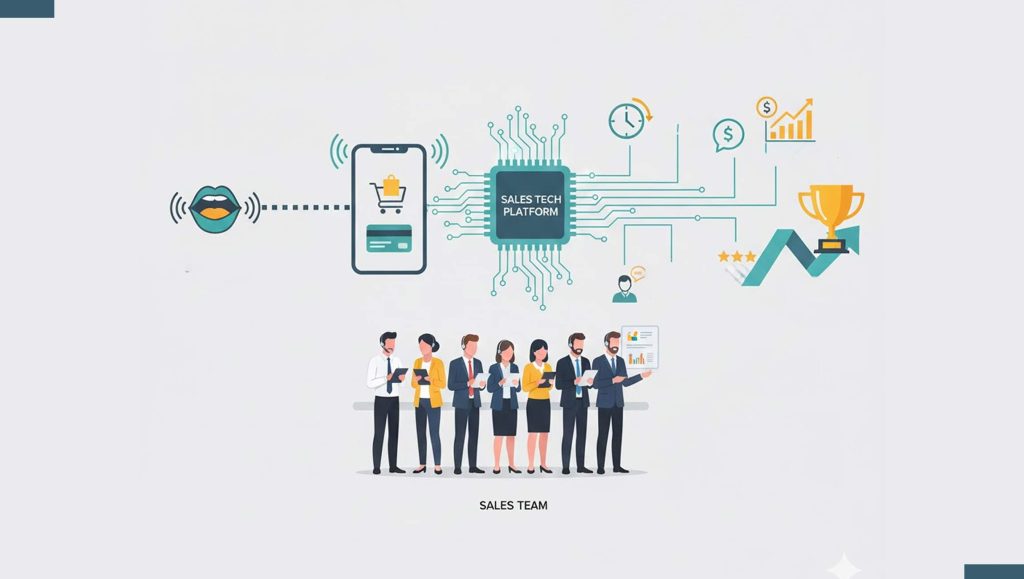All too often we see companies commissioning a new survey or research program to help set the table for a new product launch or to boost sales of an existing one. If the organization has been around for awhile, and especially if it’s a large one, the chances are good the research already exists somewhere in the enterprise.
Often, organizations possess a lot of research data but soon lose track of the data because it is unorganized or not stored properly. Nobody knows where to look for historical research insights or how to reuse insights previously collected. Research teams end up running duplicate research to collect user insights they already possess. Or worse, they turn to Google. It doesn’t have to be this way.
Smart companies are turning to both process and technology to preserve and continually unlock “research insights” such as in a centralized repository that is accessible to all the stakeholders, on-demand. They are storable and searchable for sharing within the organization with ease. A repository where these research insights are housed must be well organized and reusable to help researchers save valuable time, effort, and cost.
Read More: A Reflection On The 2021 Holiday Season: What Businesses Can Learn From The Trends And Spending…
A research hub can help you quickly trace specific findings compared to looking for insights from published reports scattered across various platforms. As time is of the essence and insights need to be transformed promptly to decisions, reusing already existing insights can help researchers reduce the time to conduct research, boosting research ROI.
Whether in a formal hub or other centrally-available location, here are a five helpful tips for organizing your research insights:
1. Build a team that leads the insights hub: The research team and business stakeholders should form the core and be the primary owners of the user insights repository. It’s best to appoint leaders from within this team to drive the activities related to the repository. Ensure that the leaders have an overall understanding of the organization’s research goals, both short and long-term. The team should be responsible for adopting the insights hub, handling research projects, setting guidelines, and managing it overall.
2. Consolidate and organize projects of the past: Make sure to update the repository with insights from past projects. You can organize them by location, time, industry, projects, etc. Don’t forget to add insights from the projects you’re currently running too. This enables business stakeholders to gain access to research information, derive insights, or map the ROI of research projects.
3. Put all the relevant information together: Relevant info means supporting information that will enable better reuse and understanding of insights. This information can be anything from notes, minutes, observations, best practices, feedback, or other data that allows you to make better sense of the user insights gathered. Use correct tagging logic to ensure you retrieve insights more quickly. This practice of adding supporting insights will reduce your time to insights considerably.
4. Cut down complex studies: Research studies can be vast depending on the type of study. Some reports get extensive even with full efforts from researchers to condense them. It makes sense to cut down these complex studies into more petite, digestible ones, so looking back at the study in the future can be much simpler for researchers and stakeholders. Creating snapshots of findings can help stakeholders make faster decisions without referring to all the user insights again.
5. Tag your insights: Get into the habit of tagging your insights for a smoother experience in future projects. Accurate meta-tagging can go a long way in saving critical research time, paving the way for faster user insights. It helps stakeholders get immediate insights into past or even current projects, allowing them to focus or re-focus efforts to the right places. Tagging helps smoothen the user experience and it will help you create a kind of Insights Engine to boost your research efficiency.
Read More: How To Overcome The 4 Biggest Pain Points Of An IT Compliance Audit
So, before you commission a new research report or national consumer survey, at least ask around in your organization. You might find the insights right under your nose. And if you don’t you now have a roadmap to set your organization up for a more efficient and effective approach to market research.




















